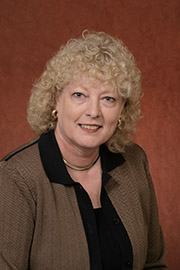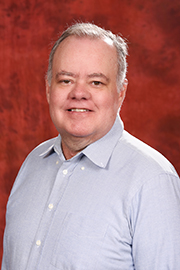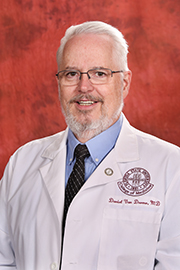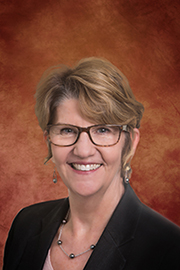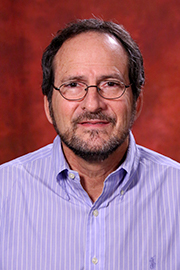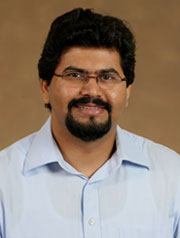CONTACT: Christi N. Morgan, (850) 644-2788; cmorgan@law.fsu.edu
Ron Hartung, (850) 645-9205; ronald.hartung@med.fsu.edu
By Jill Elish
Sept. 4, 2009
TALLAHASSEE, Fla. -- Florida State University’s colleges of law and medicine are among the Top 10 best in the nation for Hispanics, according to Hispanic Business magazine, which has published its annual rankings of graduate schools in the magazine’s September issue.
The College of Law was ranked third among the nation’s law schools, while the College of Medicine was ranked seventh among medical schools. This is the sixth year in a row that Florida State Law has been named in the Top 10. The College of Medicine was ranked 11th in 2008.
“The Florida State University colleges of law and medicine are at the forefront of recruiting and retaining Hispanic students, and we are pleased that Hispanic Business magazine has recognized these efforts and the high quality of education that these colleges offer,” said Provost and Executive Vice President for Academic Affairs Lawrence G. Abele. “The success of these programs reflects the university’s commitment to excellence and dedication to encouraging a diverse community where all of our students can thrive.”
The magazine based its ranking on a variety of factors, including the percentage of full-time Hispanic faculty, services for Hispanic students, Hispanic recruitment efforts and retention rates, the percentage of Hispanic students enrolled and the school’s reputation as reflected in U.S. News & World Report. Florida State also has a significant network of highly successful Hispanic alumni.
“Although we have fewer Hispanic students than some other schools, a significant presence of Hispanics in the faculty and administration has helped us continue to climb in the Hispanic Business rankings,” said Law Dean Don Weidner. “We are thrilled that our superb academic reputation and dedication to the success of students from all backgrounds have earned us the No. 3 spot.”
Hispanics made up 8 percent of the law school’s student enrollment and received 27 of the 314 law degrees (9 percent) awarded to the Class of 2008. Fourteen percent of the full-time faculty was Hispanic.
At the College of Medicine, Hispanics made up 11 percent of the college’s student body and earned eight of the 58 medical degrees (14 percent) awarded in 2008. Four percent of the college’s full-time faculty was Hispanic.
“Our mission is to train exemplary physicians who will provide patient-centered care and eventually serve in underrepresented, rural and minority areas,’’ said Dr. John P. Fogarty, dean of the College of Medicine. “The best way to achieve this is to identify students who come from these communities and provide excellent role models and training experiences in those communities while here. We are pleased that our students here embrace that mission and have chosen FSU as their medical school.”


